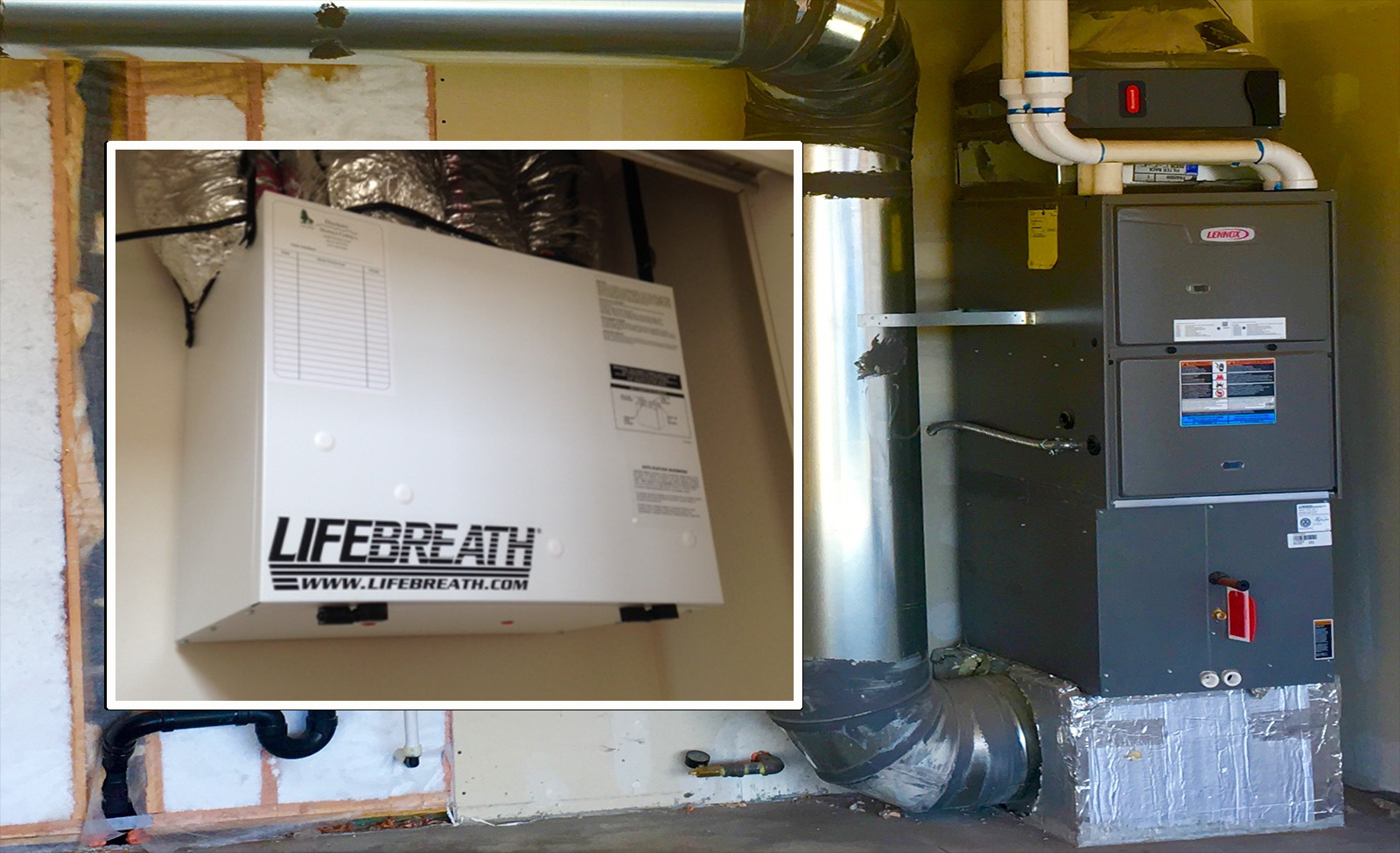The Growing Importance of HRV in Energy-Efficient Home Design
The All-Inclusive Guide to the Uses of Heat Recovery Ventilation in Modern Structures
Heat Recovery Ventilation (HRV) systems represent a substantial improvement in developing technology (HRV Heat Recovery Ventilation). They provide a method for trading stale indoor air with fresh outdoor air while decreasing energy loss. This approach not only boosts indoor air top quality but also adds to energy performance in both residential and business buildings. Comprehending the various applications and advantages of HRV can expose its crucial duty in contemporary style and sustainability initiatives. The effects of this modern technology deserve exploring additionally
Comprehending Heat Recovery Ventilation Solutions

Lots of modern-day buildings prioritize energy efficiency, understanding heat healing air flow (HRV) systems is vital for maximizing interior air top quality and lowering power usage. HRV systems work by transferring heat from stale interior air to inbound fresh air, properly keeping comfy interior temperature levels while minimizing power loss. These systems include a heat exchanger, fans, and ductwork that help with the flow of air. Throughout winter months, HRV devices capture and reuse heat from the outward bound air, while in summertime, they can assist cool incoming air. By continually trading air, HRV systems likewise decrease moisture and the focus of indoor pollutants. Proper installment and maintenance of HRV systems are necessary for their effectiveness and effectiveness in boosting total building performance and convenience.
Benefits of Heat Recovery Ventilation
Heat recovery ventilation systems offer numerous advantages that improve both energy performance and indoor air quality in modern buildings. By recording and reusing power from exhaust air, these systems significantly minimize home heating and cooling expenses, resulting in lower energy intake. They keep a stable circulation of fresh exterior air, decreasing the danger of interior air contaminants and irritants. This continuous exchange assists manage humidity degrees, protecting against mold and mildew growth and making sure a much healthier living environment. In addition, HRV systems add to sustainability objectives by reducing total carbon footprints. Their capacity to enhance ventilation without compromising thermal comfort makes them a beneficial addition to contemporary structure design, advertising both financial and environmental advantages.
Applications of HRV in Residential Buildings
As home owners progressively focus on power performance and interior air quality, the applications of heat recuperation ventilation (HRV) systems in property structures have actually come to be more prevalent. HRV systems are specifically useful in snugly sealed homes, where preserving fresh air blood circulation is vital for protecting against moisture accumulation and interior pollutants. They efficiently move warmth from outgoing stale air to inbound fresh air, lowering energy prices associated with cooling and heating. Furthermore, HRVs can enhance comfort levels by controling moisture and temperature level. They are additionally adaptable for numerous residential styles, including single-family homes and multi-unit structures. Generally, incorporating HRV systems sustains lasting living techniques while guaranteeing a healthier indoor atmosphere for passengers.
HRV in Commercial and Industrial Settings
In commercial and industrial settings, the implementation of heat recuperation air flow (HRV) systems has actually become progressively crucial for optimizing energy performance and preserving air quality. These systems effectively move warm from exhaust air to incoming fresh air, reducing the demand for extra heating or cooling. This not just reduces energy costs but additionally adds to sustainability efforts. Industries such as manufacturing, warehousing, and office structures profit considerably from HRV systems, as they assist manage temperature and moisture levels, ensuring a comfy and efficient setting. HRV systems aid in getting rid of impurities and excess moisture, improving interior air top quality. As guidelines around air high quality come to be more stringent, the adoption of HRV technology is most likely to expand, making it a crucial part of contemporary commercial and commercial infrastructure.
Future Fads in Heat Recovery Ventilation Innovation

Frequently Asked Questions
Just How Does Heat Recovery Ventilation Influence Indoor Air High Quality?
Heat recovery ventilation substantially enhances interior air top quality by continually trading stagnant indoor air with fresh exterior air while recuperating energy. This procedure lowers contaminants, maintains perfect humidity degrees, and ensures a healthier setting for passengers.
Can HRV Systems Be Mounted in Existing Buildings?
HRV systems can certainly be set up in existing buildings. Retrofitting may require adjustments to ductwork and ventilation designs, but it substantially improves energy effectiveness and interior air high quality, making it a viable alternative for older structures.
What Upkeep Is Required for HRV Systems?

Are There Details Climates Where HRV Is Much More Effective?
Heat recovery ventilation systems are especially effective in climates with significant temperature level distinctions in between periods. These systems maximize power performance by recouping warm from exhaust air, making them perfect for both cold and reasonably warm settings.
How Do HRV Equipments Affect Energy Costs?
